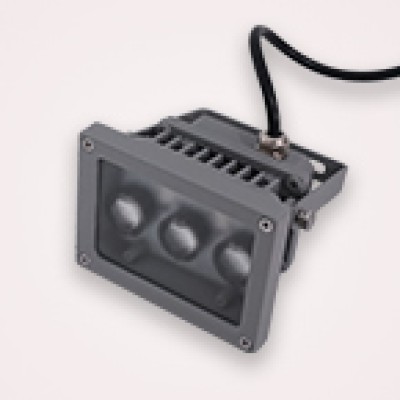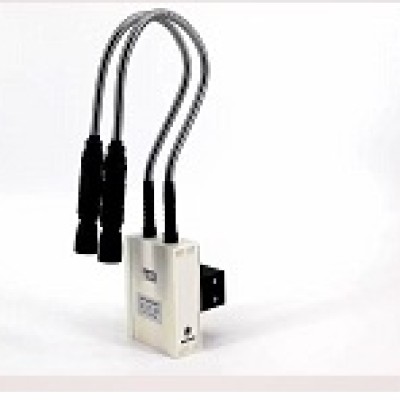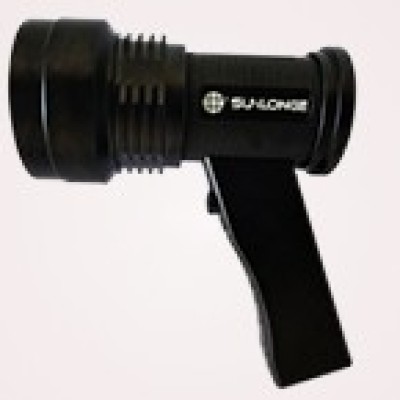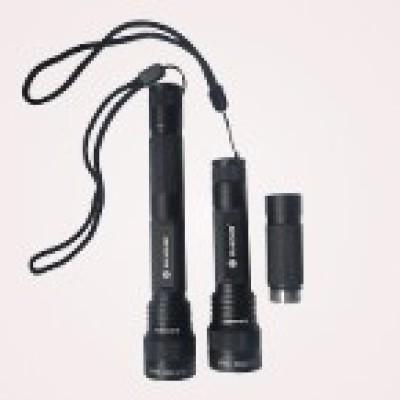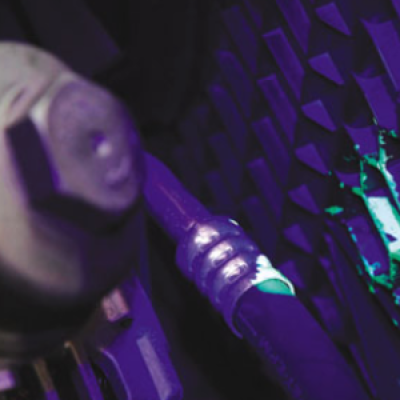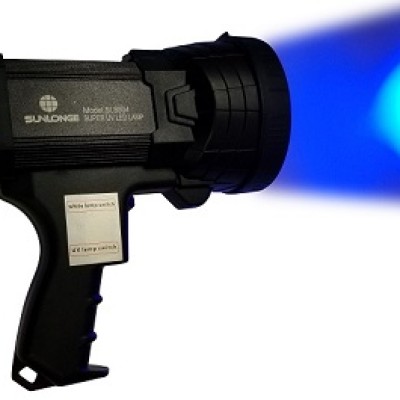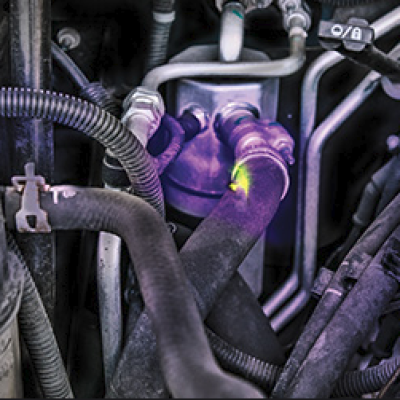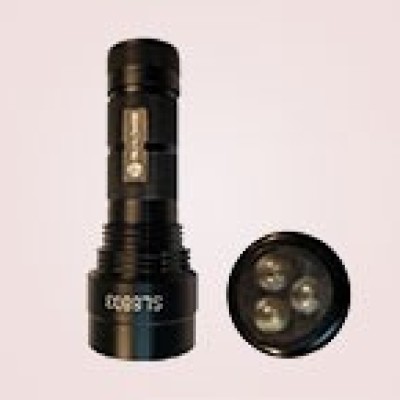Introduction
In light of the boom in the lighting industry, loads of choices for lamps exist and have generated enormous contribution to the development of diverse industries, yet most significantly, the technology aspect. In particular, the invention of UV lamps (Ultraviolet lamps), which aim at producing electromagnetic radiations with wavelengths lying between the visible light and X-rays, allows immediate detection of leakage that is not visible to human eyes. The UV NDT lamps and the UV LED lamps further create drastic flexibility and greatly reduce the amount of safety concerns during the process of fluorescent methods, which have encouraged the implementation of countless experiments and testing. Despite the numerous positive influences generated, several factors should be taken into account to optimize their effects in advance of the downstream applications.
Factor 1: Peak Wavelength & Emission Spectrum
On the grounds that the peak wavelength of the UV lamps is solely determined by their manufacturing process, there is a possibility that a huge variation exists, which affects the accuracy of inspection. Consequently, technicians should choose UV lamps with a peak wavelength of 360 to 370 nm. While for the emission spectrum, due to its wide range, the risk of visible light contamination may appear and degrade the inspection upon an unsuitable choice of lamp. Only lamps including a UV-A pass filter are thus recommended.
Factor 2: Beam Profile & Working Distance
Since UV lamps are designed to perform under various conditions and environments, they are able to cater the need for both narrow and wide beam areas. For a narrow beam area, the lamps are equipped with a focused intense spot for a close-up inspection. While for a wide beam area, an array of LEDs is required. Yet, a trade-off between the area of coverage and stability appears, specifically, the closer the array to the inspection surface, the greater the risk of patterns of bright and dim spots. As a consequence, to ensure the accuracy of the inspection, the technicians should at least maintain a minimum distance of generating an even coverage of the scanned area, namely, the working distance of a UV LED lamp.
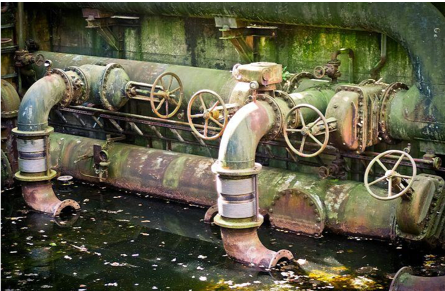
Factor 3: Power Supply
Considering the low energy consumption of both UV NDT lamps and UV LED lamps, their high portability boosts and simplifies the inspection process. However, a major concern regarding the power supply arises. On account that the intensity of lamps is directly related to the supply voltage and current, the power supply is playing a critical role in determining their efficiency and effectiveness. Fortunately, the improvement of technology has enhanced the design of the lamps. They thus incorporate constant-current circuits that enable the monitoring of the battery discharge. They will automatically turn off once the minimum intensity of 1000 is not achieved. Additionally, technicians have to collect the information of the battery types, and the discharge curve to maintain the stability of inspection.
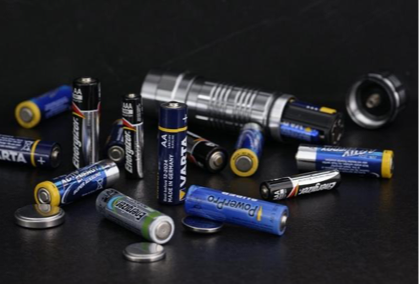
Factor 4: Certification Requirements
Due to the varying inspection requirements and tolerances, different industries have their standards in choosing among the UV LED lamps or UV NDT lamps in order to maximize the effectiveness of the inspection. For instance, the aerospace NDT industry mainly conducts fluorescent penetrant and magnetic particle inspection. A specific UV NDT lamp is then developed to cater to the soaring standards of every aspect during the process. On the other hand, other industries, including energy, pipeline and field inspection, have fewer certification requirements. However, they are usually completed in various less-than-ideal or even inferior conditions. A UV LED lamp with higher intensity is therefore required to increase the visibility of fluorescent indications.

Conclusion
Thanks to the inventions of the UV NDT lamps and UV LED lamps, the traditional UV lamps which carry the presence of mercury are eliminated. The UV lamps have become more cost-effective, environmentally friendly, and most importantly, more reliable and stable. They are hence widely utilised in multiple circumstances, consisting of scientific and biological research, industrial development and analysis. To further optimize their power, the above four factors should be carefully considered so as to draw the best decision, in order words, the most suitable light source. Evidently, the continuous expansion of the lighting industry will sustain to uplift the growth of plentiful sectors.
 CN
CN

